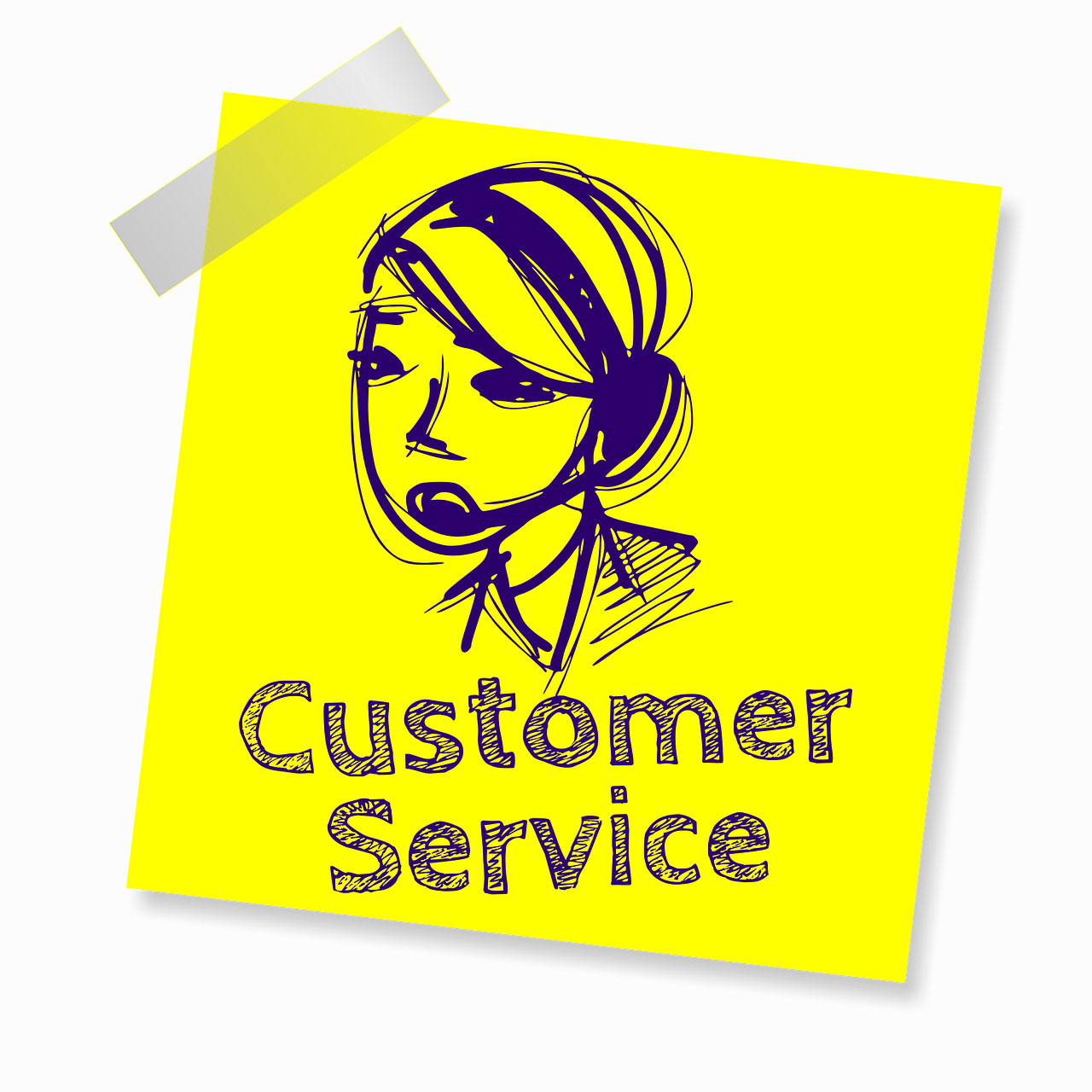-

Creating a reverse model for Customer Service
Thu Feb 25 2021. 4 min readIf you own a business, you probably know that customers are an essential part of keeping that business going. But you probably are also aware that marketing techniques that worked a decade or more ago are not necessarily relevant anymore. EContent summarizes this thusly: “Unfortunately, old marketing tactics will no longer cut it for new CX thinking. Mass-marketing, stand-alone campaigns, product-centric messages, and programs that don’t tie tactics to ROI are not conducive to positive customer experiences. Instead, brands need to rely on innovative strategies to ensure they deliver a personalized, relevant, and exceptional experience their customers will enjoy whenever, whenever, and however they want.”
So how do you do this? “Marketers can create a new battle plan by “reverse engineering” the customer experience, which involves deconstructing, analyzing, and reworking your company’s current customer interactions to help optimize CX more quickly and with fewer resources in the future.”
These are the six steps EContent recommends to start the reverse engineering process:
- Understand your customers: in order to know how best to sell, you have to know who you are selling to in the first place.
- Assess where you stand: is your company behind the times? Are you constantly ahead of the curve? How can you use or modify this to improve your customers’ experience?
- Realign your organization: you have to figure out how to most effectively interact with your customers and make sure that messaging is consistent throughout your organization.
- Establish new methods: this way you can focus on your customer’s “buying journey.”
- Implement an “experience command center”: this is a great way to start automating what processes you can to focus more time on customer experiences.
- Measure effectiveness: after you’ve started this process, take a step back and review how it’s going. What works? What doesn’t? What will you carry into the future?
You already know your customers are important. Reverse engineering the customer experience can help keep your customers on-board with your company going into the future.
